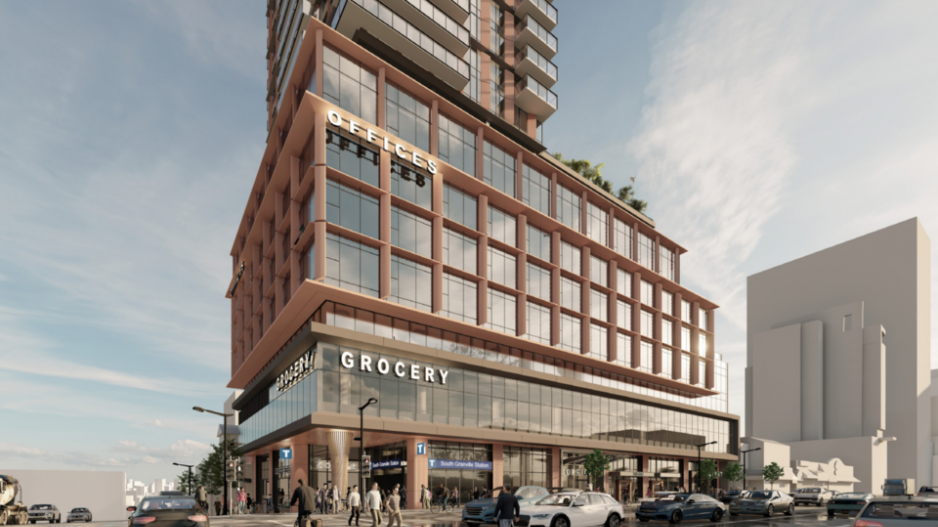Developers should expect stronger moves by senior levels of government to set housing targets for municipalities, now that housing supply – not speculation – is seen as the major barrier to meeting demand.
“We’re almost certain to see unprecedented provincial legislation wading back into setting housing targets for municipalities,” said Jon Stovell, president and CEO of Reliance Properties Ltd., during a panel discussion at this week’s meeting of commercial real estate association NAIOP.
Housing minister David Eby hasn’t ruled it out, saying legislation would build on the housing needs studies the province has funded in municipalities across the province. The studies became mandatory for local governments this year, and must be renewed every five years.
“I am aware of the recent public call by the Urban Mayors of British Columbia that the province consider giving teeth to the housing targets set out in these studies, and as a result we are examining this option as a possible response to the challenges we face,” Eby told Western Investor.
But he said it isn’t the only option the province is considering.
“In partnership with the federal government, we are also looking at a number of other initiatives aimed at increasing housing supply and improving the affordability of housing in the province,” he added.
When the BC NDP was elected in 2017, it developed a budget that pledged $6.5 billion in spending over 10 years to create 114,000 units of housing.
But sceptics questioned how the province could achieve such an aggressive target, given lengthy permitting processes in many municipalities and pushback from neighbours.
To date, more than 11,000 units have been completed. A further 10,000 are under construction.
But according to Stovell, there’s been a near-miraculous change in the provincial approach to housing.
One example is a letter Eby sent in support of a rezoning to allow a 39-storey tower above the planned SkyTrain station at Granville and Broadway in Vancouver.
Developed by PCI Group, the tower will have 223 rental units, with 20 per cent designated for below-market rates, in addition to 100,000 square feet of office space.
Eby implored Vancouver city council to overlook objections of area residents and allow it to proceed.
“The development of mixed-use buildings such as this, which densify the approaches to rapid transit stations, is generally recognized as a best practice in urban design, as well as an optimal use of transport infrastructure,” said Eby.
Earlier this month, transportation and infrastructure minister Rob Fleming tabled Bill 16 in the legislature, which will allow the BC Transportation Financing Authority to acquire land near transit stations and bus exchanges for housing development.
“We will increase the level of affordable housing and services that are integrated into our significant investments in transit,” Fleming said in announcing the bill.
The moves come on the heels of various taxes designed to ensure existing housing was used to house B.C. residents rather than as investments or getaways.
The BC Liberals introduced a tax on foreign buyers in 2016 and the BC NDP introduced a speculation and vacancy tax two years later that paralleled a similar measure in Vancouver.
“[The province], after exploring and implementing regulations and taxes on all the least-obvious reasons for why there’s a housing issue, have now finally landed on what we’ve told them all along, that it’s a massive supply issue,” Stovell told NAIOP.




